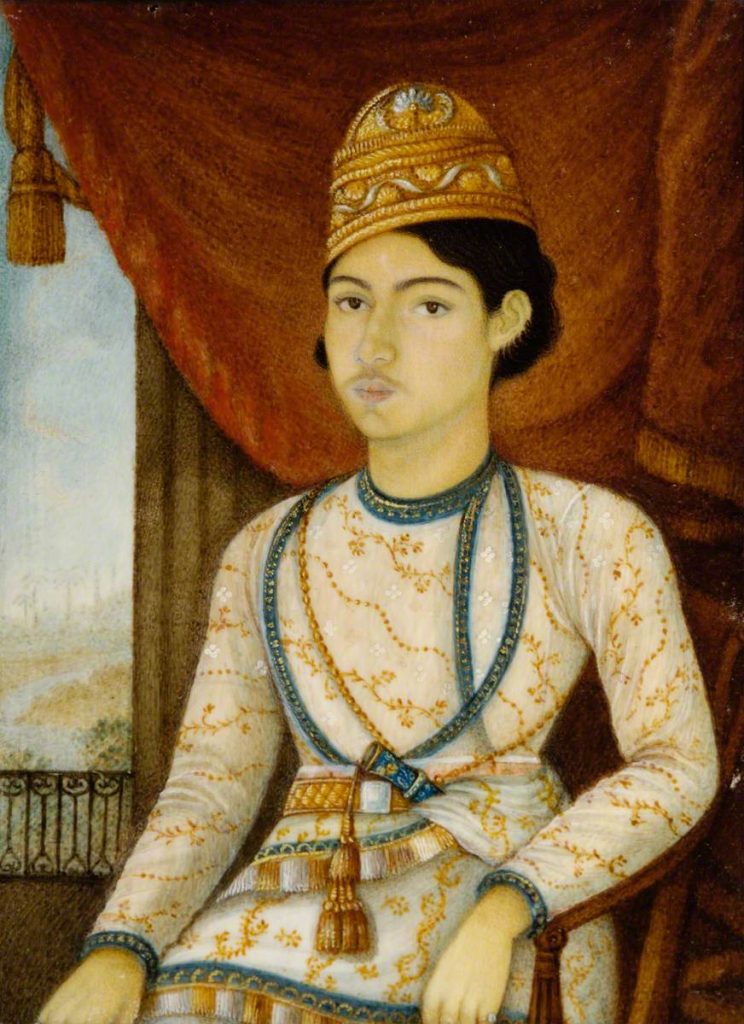ANGLOSIKH RELATIONS need to be traced to the transformation of the British East India Company, a commercial organization, into a political power in India . Victory at Plassey (23 June 1757) brought Bengal under the de facto control of the British, and that at Buxar (22 October 1764) made Oudh a British protectorate. By August 1765, the grant of the diwani rights to the Company by the Mughal Emperor Shah `Alam made them the virtual rulers of Bengal, Bihar and Orissa. Robert Clive (1725-74), the victor of Plassey and governor of Bengal during 1765-67, watched with interest the repeated invasions of India by Ahmad Shah Durrani and rejoiced at his final repulse at the hands of the Sikhs in 1766-67.
Explore the tumultuous interactions between the Sikhs and Nawab of Oudh amid alliances, raids, and British influence in this historical narrative.



